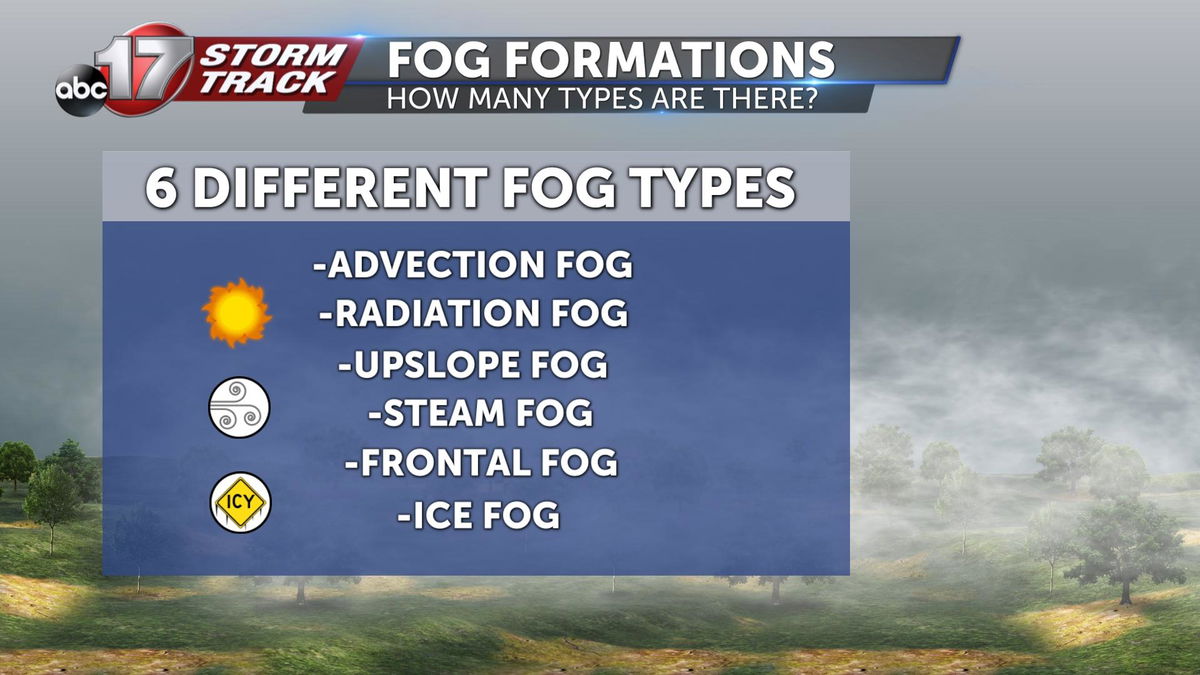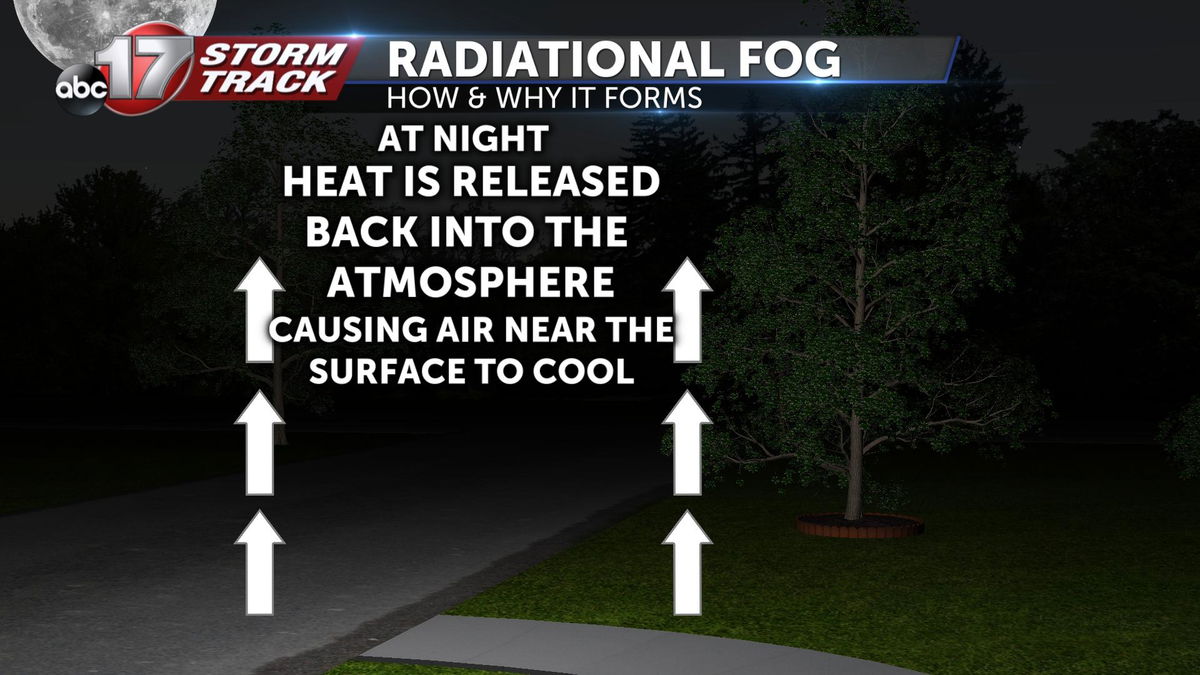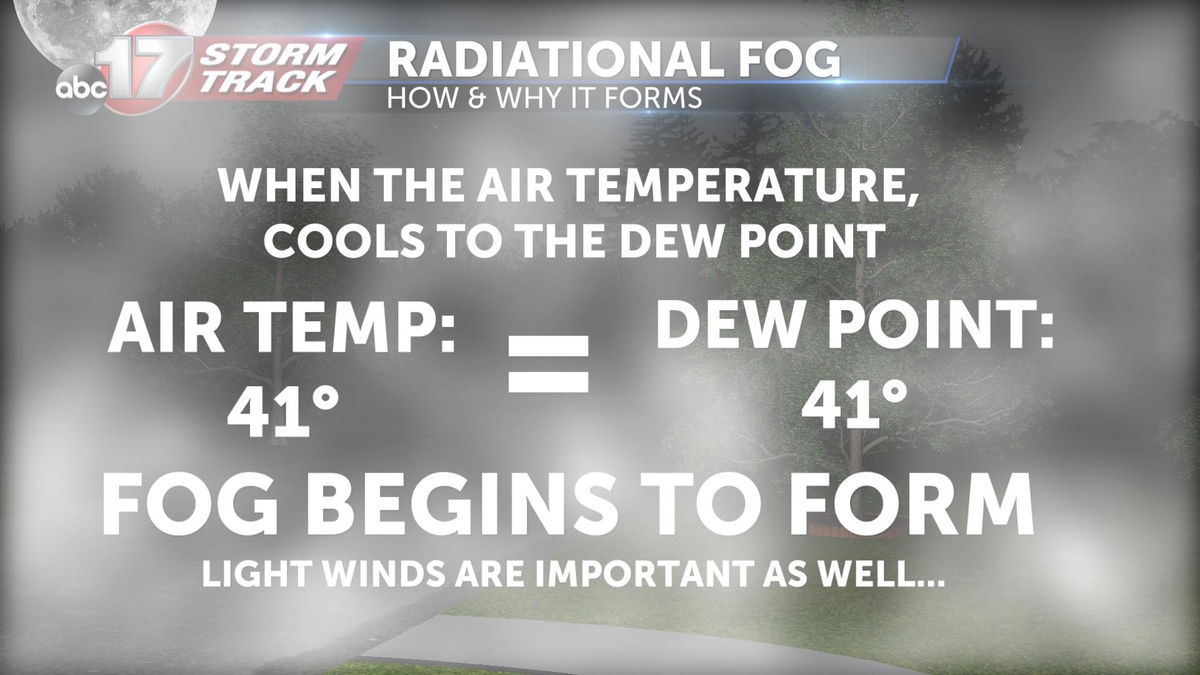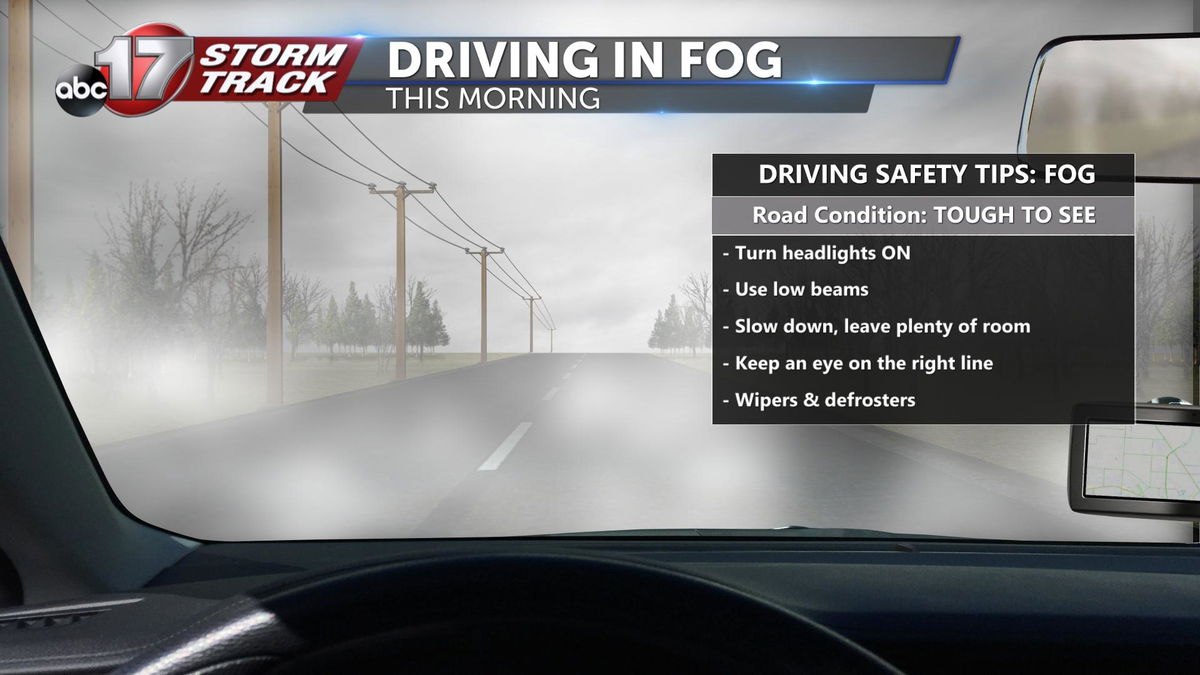Radiation fog and its formation
Most people have woken up to fog out their door at one point or another, but many haven't thought deep into the process on how it forms.

There are six separate processes in the formation of this atmospheric phenomenon. Each has a unique process that includes moisture, cold air masses, and warm air masses. Typically as summer takes a turn towards fall, Mid-Missouri deals with increased chances of radiation fog.

The start of this process first starts during the afternoon hours the day before fog is observed. The sun warms the surface of the earth before setting.

As skies remain more clear throughout the overnight hours and cooler air makes it way back into the area, the heat stored in the earths surface is released back into the atmosphere.

When the air temperatures near the surface falls, it eventually meets or nearly meets with the dewpoint temperature. This saturation process causes condensation to form clouds. In order to maintain thicker radiation fogs, winds near the 5-10 mph range must remain present, too little wind and there is not enough turbulent mixing of the air while too much wind will break the fog apart causing it to lift away from the surface.

As the sun begins to rise in the early morning hours, fog will eventually begin to dissipate as the air near the surface sees a decrease in the saturation process due to the separation of the actual temperature and the dew point.

It is important to remain cautious when driving through sight limiting fog. A few tips to remember include slowing down to allow for enough time to react in case of obstructions, using low beams, and to keep wipers and defrosters on.
